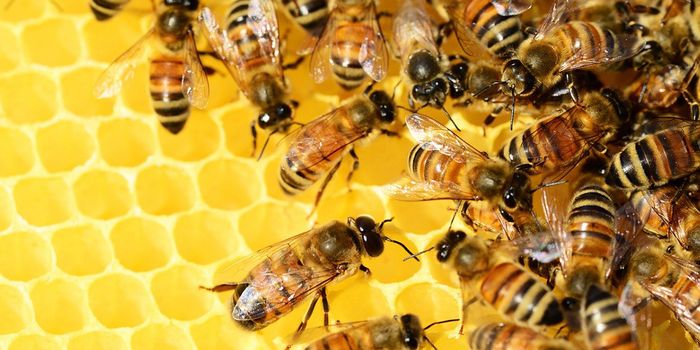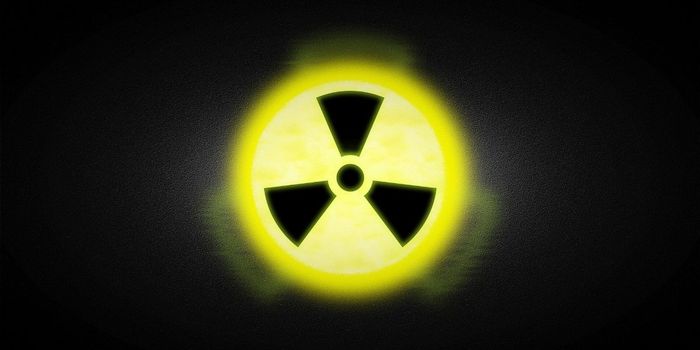The brain has about 100 billions of neurons and at least 100 trillion neuron connections. These cells and connections make it possible for us to integrate all the stimuli around us into meaningful responses. However, the brain can also be stimulated in the absence of real stimuli, causing people to see or hear things that aren't there. These hallucinations challenge what we know about how the brain functions.
Nearly half of the population has experienced hallucinations at least once, dispelling the myth that these abnormal processes are uncommon. Hallucinations are well-associated with mental disorders, such as schizophrenia. Other neurological illnesses, like migraines, epilepsy, and brain tumors, can also bring bouts of hallucinations. Exposure to certain chemicals, like LSD and some mushrooms, are known to induce wild perceptions of reality. Moreover, healthy people not under the influence of drugs can also experience delusions when they're under stress or not properly fed/hydrated.
Researchers are still deciphering why hallucinations occur, but the evidence suggests chemical imbalances in the brain are likely at play. Watch the video to learn more!








